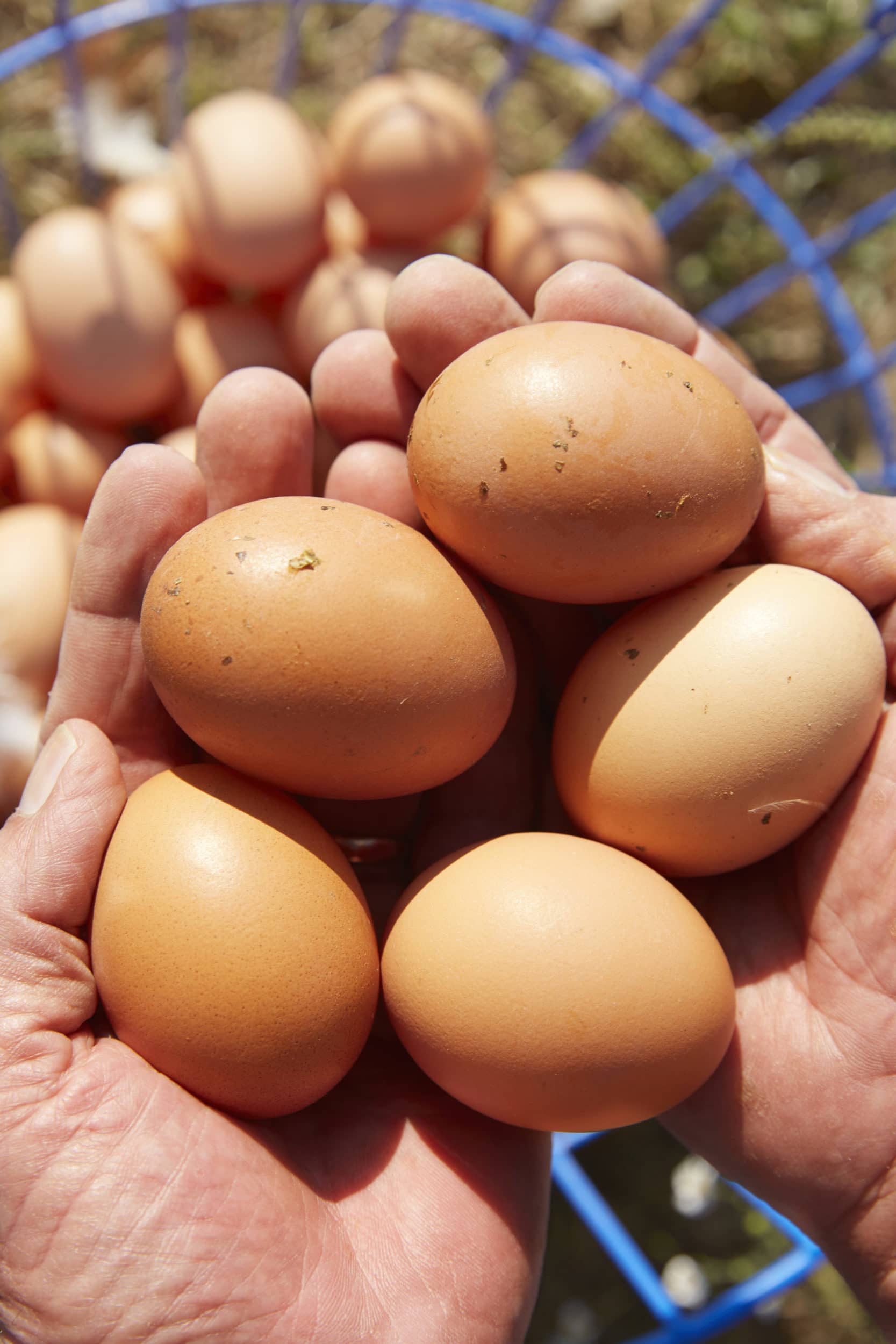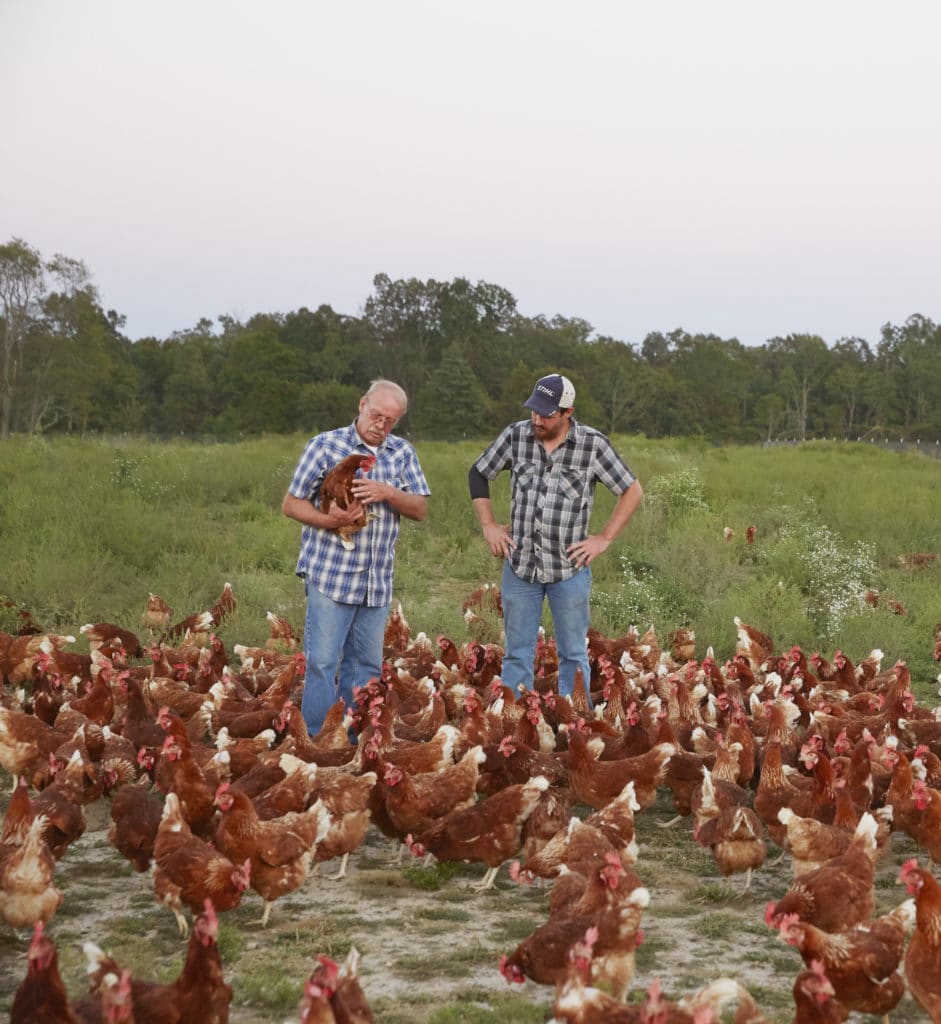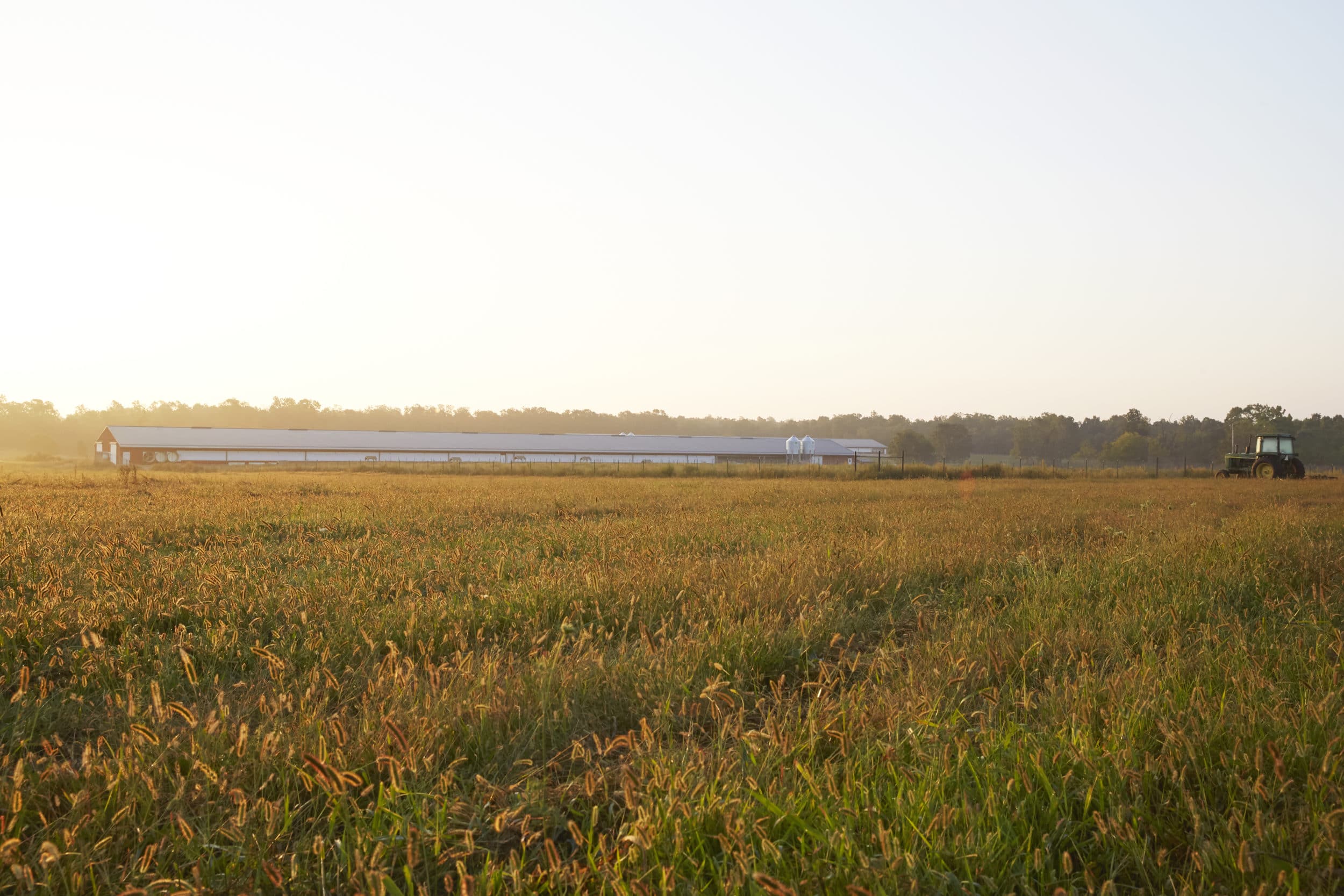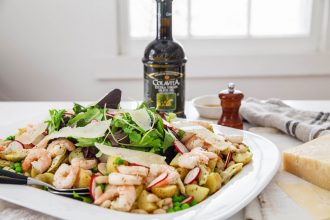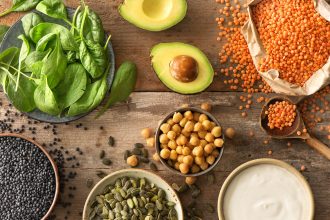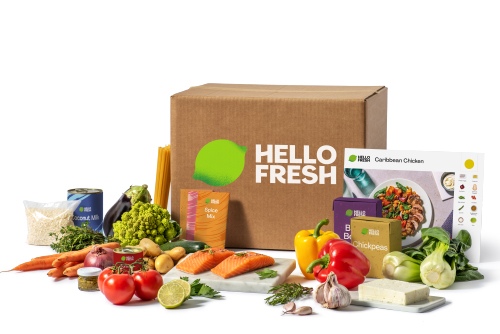Difference Between Cage-Free and Free Range Eggs November 17, 2017
Think all eggs are created equal? Think again. Learn the difference between cage-free and free range eggs with some help from Happy Egg Co., a community of farmers who know a thing or two about keeping hens happy.
Knowing that eggs are one of our many deliciously wholesome ingredients, we set out to truly understand the answer to the age-old egg question. And nope, we’re not talking about which came first, the chicken or the egg?
We consulted the egg experts at Happy Egg Co., our sustainable supplier, to learn the ins and outs of high quality eggs. And meet a whole lot of hens in the meantime. They run family farms and are American Humane Certified — that’s what we call a win-win.
So, what’s the difference? Let’s start with the basics.
Caged
This one is the most self-explanatory, but it’s important to know that if the carton doesn’t say otherwise, it’s likely what you’re buying. This practice means that hens live in confined cages typically smaller than a piece of 8.5″ x 11″ computer paper. Sadly, hens have a wingspan of 30″, so this is an extremely stressful environment for them.
Cage-free
On a cage-free farm, hens aren’t kept in wire cages (nice!), but they still might have very little indoor space and never see the sun. It’s certainly a step in the right direction, but these hens could live their entire lives indoors. This makes for a pretty dreary life for animals that love to forage and roam.
Free range
We’re getting closer to hen happiness. Free range eggs indicate that the hens have been given access to the outdoors. In many cases, this means that they can cluck and forage as they wish, but on some farms, their outdoor access consists of a tiny door with little to no pasture beyond it.
But our friends at Happy Egg Co. don’t settle for anything less than the highest quality on their farms, which is why they go beyond free range and take such great care to ensure big fields with lots of sun and shade for their hens. So what does that look like? A full eight acres of outdoor space on which to roam (or 21.8 sq. ft. per hen), as opposed to the minimum free range standard of two sq. ft. per hen.
Get a closer look at the sunny Happy Egg Co. pastures by watching this video!
Why does it matter?
It’s more than animal welfare. The environment a hen lays her eggs actually impacts the taste and flavor. Allowing them to forage, perch, dust bathe, and stretch their wings means that the eggs they produce will be of the highest quality. And when you’re cooking up a chef-curated recipe from us, that’s of the utmost importance. Not to mention, eggs are considered brain food thanks to their yolks. That yellow ball of sunshine has choline in it, a nutrient that helps prevent memory loss.
As Happy Egg Co. likes to say, happy hens make happy eggs. And we believe that’s what happy cooks like you deserve.
Craving eggs now? We figured as much. Learn how to make the perfect boiled egg (and five delicious ways to use them).


